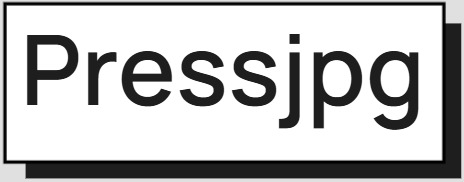Choosing the Right Image Format: JPEG, PNG, WebP & More
Published by ImageCompressor | Updated 2025
Introduction
Choosing the right image format is essential for balancing quality, compression, compatibility, and page speed. Whether you're designing a landing page, uploading product images, or optimizing a photo gallery, understanding formats like JPEG, PNG, WebP, and AVIF will help you deliver sharper visuals with faster load times.
Why Image Format Selection Matters
Every image format is built for a different purpose. Selecting the right one ensures efficient delivery and top-notch visual clarity. The format you use can impact file size, browser compatibility, SEO, and UX.
Overview of Key Image Formats
1. JPEG (Joint Photographic Experts Group)
- Type: Lossy
- Best For: Photos, complex scenes, e-commerce product shots
- Pros: High compression, wide browser support
- Cons: No transparency, slight quality loss
2. PNG (Portable Network Graphics)
- Type: Lossless
- Best For: Logos, icons, UI graphics, images with transparency
- Pros: Sharp edges, alpha channel (transparency)
- Cons: Large file sizes
3. WebP
- Type: Lossy & Lossless
- Best For: Websites seeking performance boost
- Pros: Better compression than JPEG & PNG, supports animation and transparency
- Cons: Older browsers need fallback
4. AVIF (AV1 Image File Format)
- Type: Lossy & Lossless
- Best For: High-efficiency delivery on modern browsers
- Pros: Smaller files than WebP, HDR support, royalty-free
- Cons: Not yet fully supported across all devices
Comparing Format Performance
| Format | Compression | Transparency | Animation | Browser Support |
|---|---|---|---|---|
| JPEG | High (Lossy) | No | No | Excellent |
| PNG | Medium (Lossless) | Yes | No | Excellent |
| WebP | Very High | Yes | Yes | Modern |
| AVIF | Extreme | Yes | Yes | Growing |
When to Use Each Format
- Use JPEG: for photographic content when file size is important.
- Use PNG: for logos, icons, and images requiring transparency or precision.
- Use WebP: for general-purpose web imagery when optimizing performance.
- Use AVIF: when targeting modern browsers and seeking maximum compression.
Tips for Choosing Image Formats
- Use browser detection to serve modern formats (WebP, AVIF) with fallbacks (JPEG/PNG).
- Use vector (SVG) formats when appropriate for UI elements and illustrations.
- Test images in multiple resolutions and devices.
- Always compress the chosen format before uploading.
Conclusion
The right image format is a critical step in your optimization workflow. JPEG, PNG, WebP, and AVIF each serve a unique purpose. Choose based on the image type, desired quality, and user environment. And always remember — image compression tools like ours ensure you get the best performance regardless of format.
